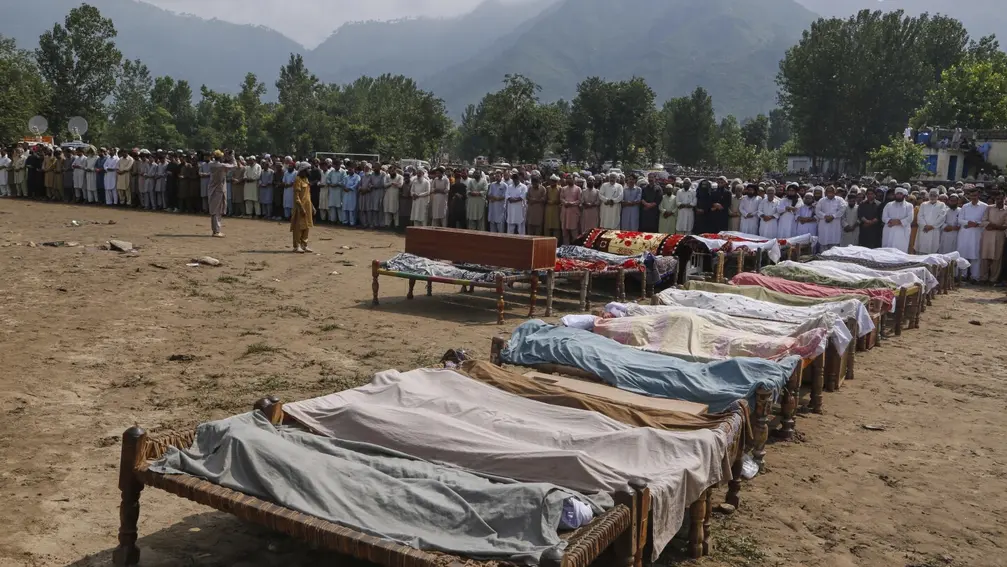T4K3.news
Pakistan Floods Toll Rises
Flash floods in Khyber Pakhtunkhwa have killed hundreds and displaced thousands as rescue work continues

Flash floods across Pakistan, especially in Khyber Pakhtunkhwa, have caused hundreds of deaths and left many communities cut off as rescue work continues.
Pakistan Floods Leave Hundreds Dead in Khyber Pakhtunkhwa
Torrential monsoon rains and flash floods have killed at least 657 people in Pakistan since late June, with Khyber Pakhtunkhwa province the hardest hit. Officials say 171 children and 94 women are among the dead, while hundreds remain missing and thousands have been displaced. In Buner district, more than 150 people are unaccounted for and authorities describe 10 to 12 villages as partially buried. In Dir, regional officials warn the toll could rise further, and the situation is described as increasingly grave.
The government has declared disaster-hit districts and is racing to expand rescue operations as more rainfall is forecast in the coming days. The scale of the damage raises questions about climate resilience and the capacity of local systems to reach remote mountain communities quickly.
Key Takeaways
"Entire villages have been wiped out."
Ikhtiar Wali Khan, KP affairs coordinator
"Mass burials are taking place."
Ikhtiar Wali Khan, ARY News report
"The chances of those buried under the debris surviving are very slim."
Bilal Ahmad Faizi, KP rescue agency
"When we looked down from the mountain, our home was gone."
Suleman Khan, schoolteacher
The floods lay bare the vulnerabilities of mountain districts that struggle to cope with extreme weather. They underscore how climate-driven disasters press hard on poor communities and fragile infrastructure. The response also tests governance, data accuracy, and the pace of aid delivery when time is scarce. As authorities warn of more rain, the real challenge will be coordinating relief across isolated locales and communicating with families awaiting news.
Beyond the immediate tragedy, the episode highlights the political and humanitarian dimensions of disaster relief. How tolls are counted, how aid is allocated, and how quickly vulnerable districts receive support can shape public perception and policy decisions in the weeks ahead. The coverage matters because it signals where help is most needed and how resilient Pakistan can become against future floods.
Highlights
- Entire villages have been wiped out
- Mass burials are taking place
- The chances of those buried under the debris surviving are very slim
- When we looked down from the mountain, our home was gone
Political and humanitarian risks loom over disaster response
The article underscores how political leadership, public reaction, and the pace of aid could influence relief delivery and accountability in a disaster zone.
As monsoon rains continue, relief must reach the most isolated districts without delay.
Enjoyed this? Let your friends know!
Related News
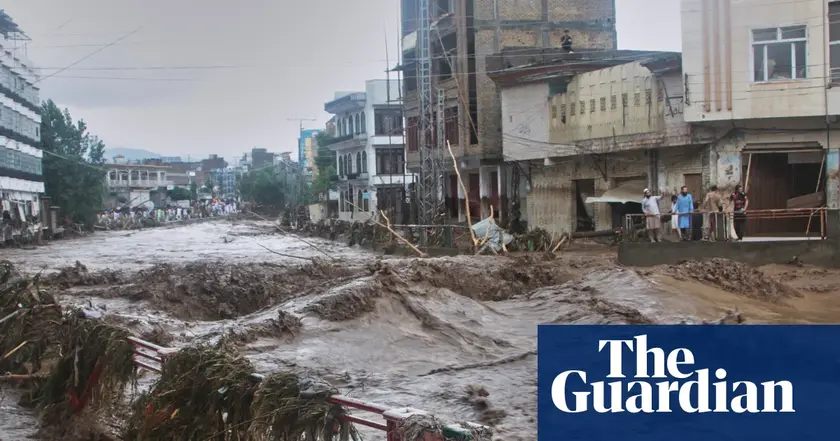
Flash floods update
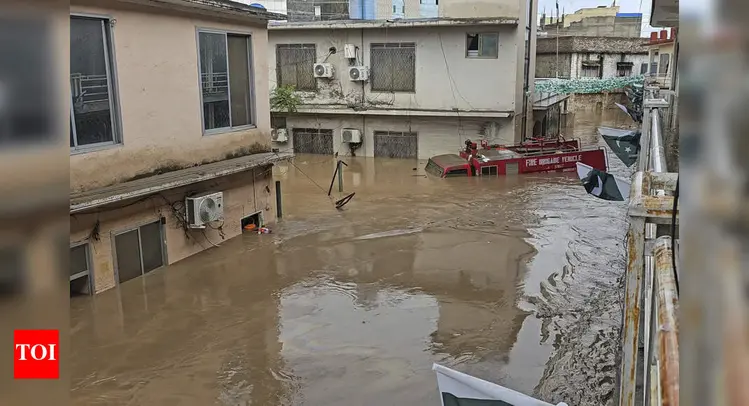
Monsoon floods in Pakistan

Pakistan flood toll and response under scrutiny
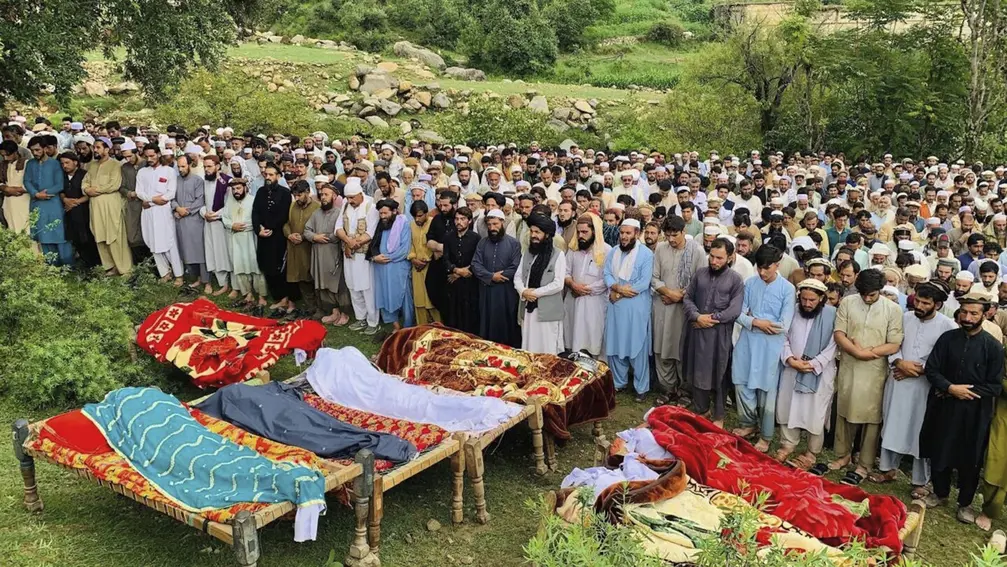
Floods kill over 200 in India Pakistan
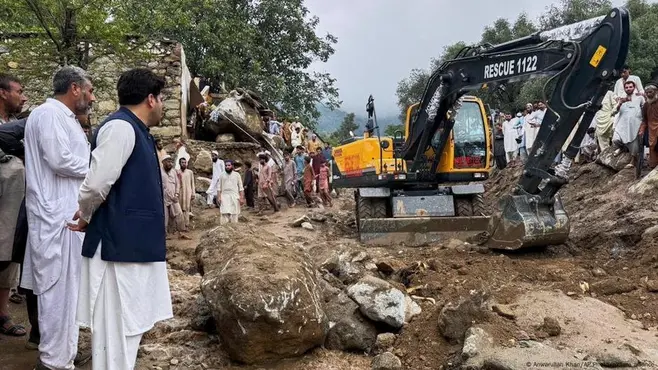
South Asia floods escalate
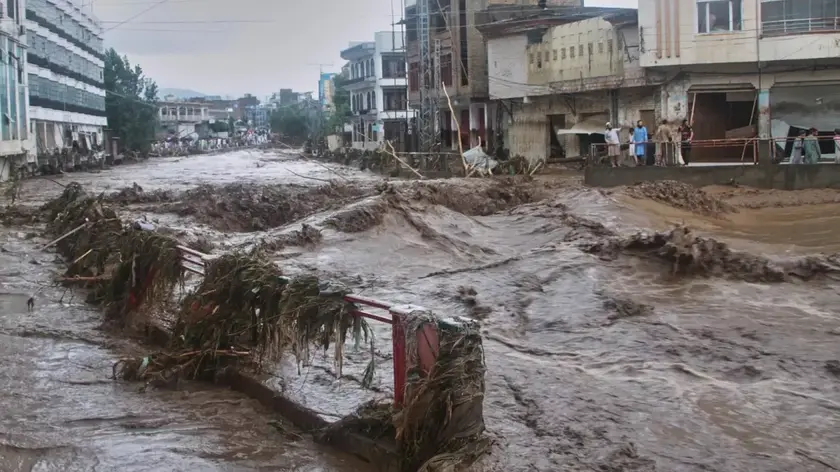
Flash floods kill hundreds in South Asia
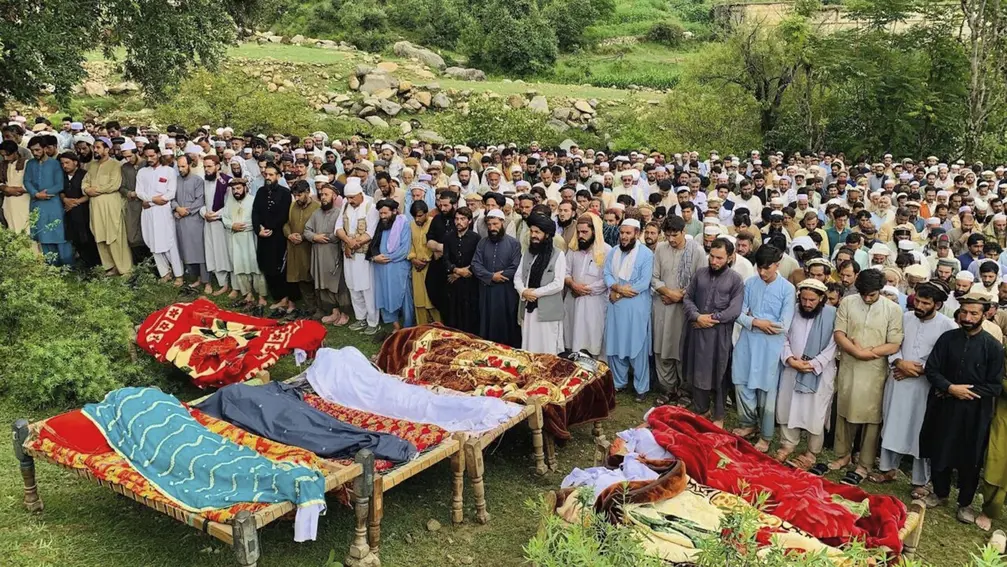
Flash floods claim hundreds in India and Pakistan
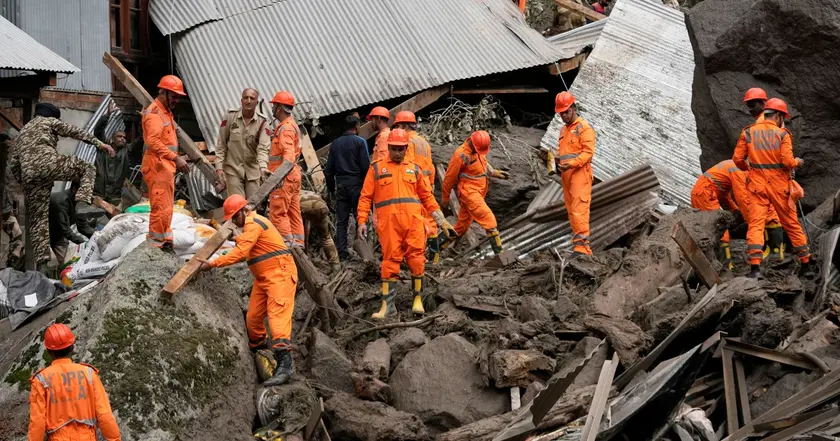
Monsoon floods in Pakistan kill 220
